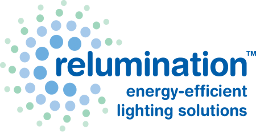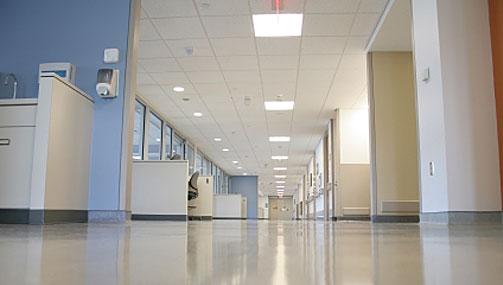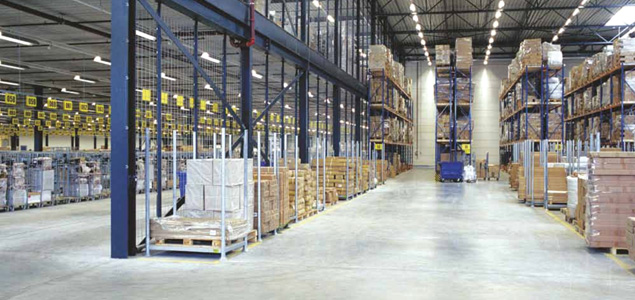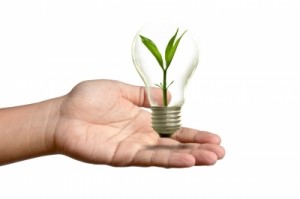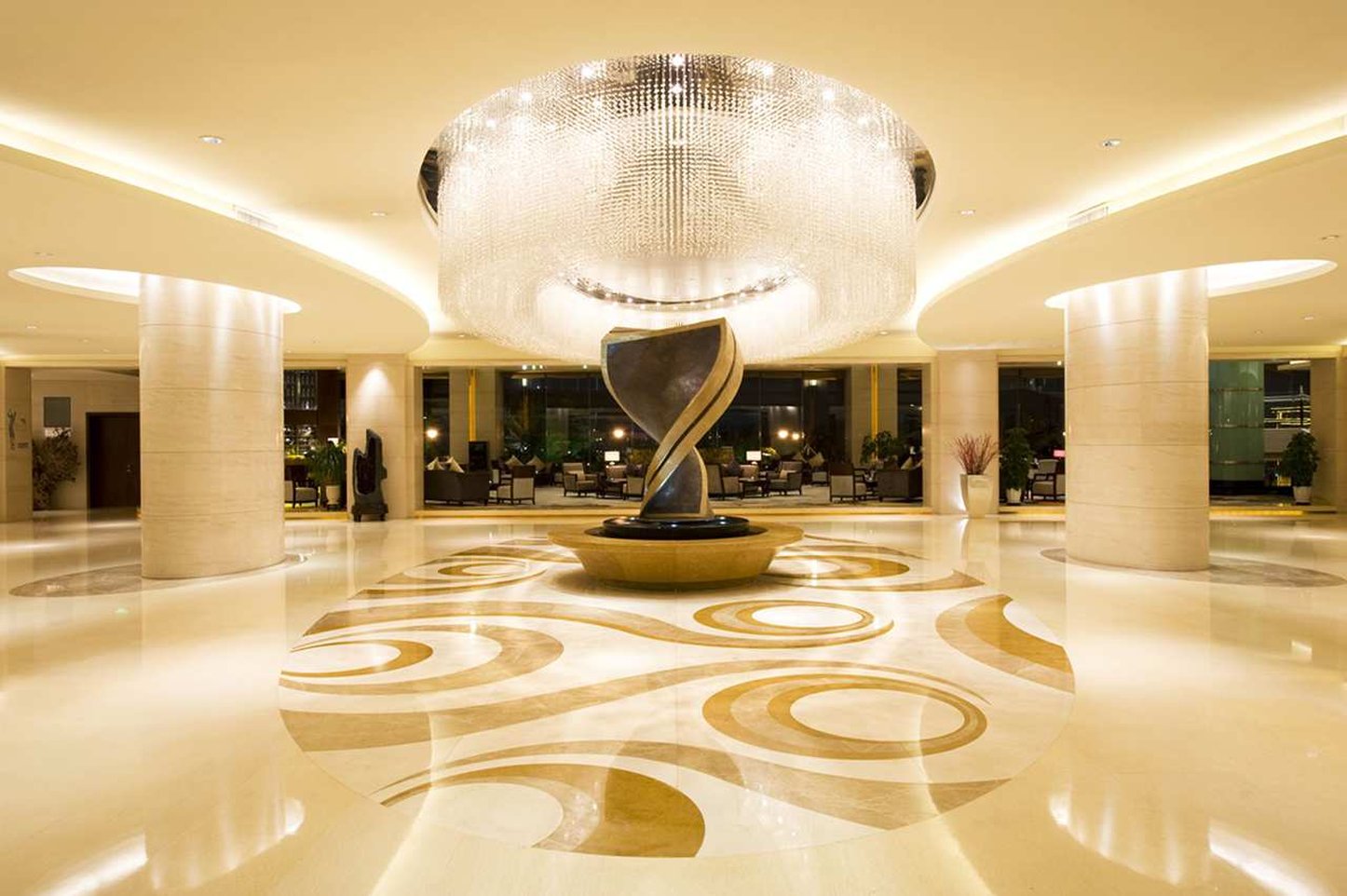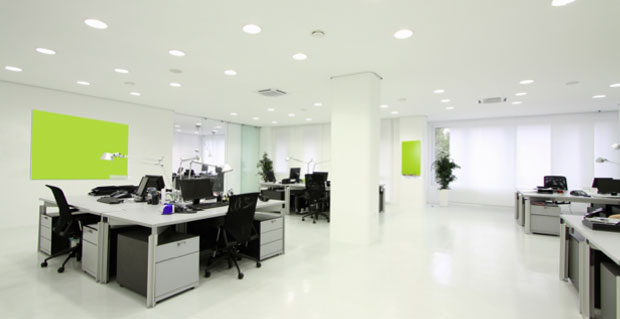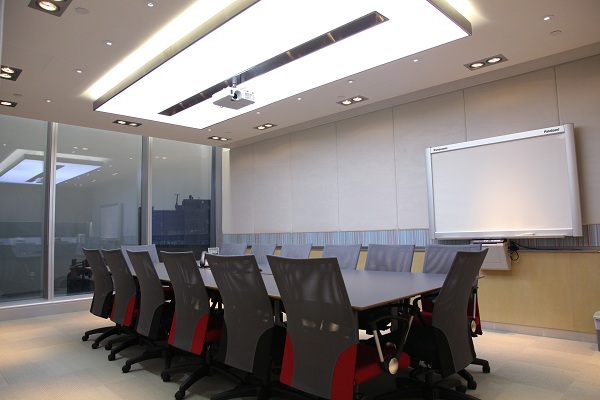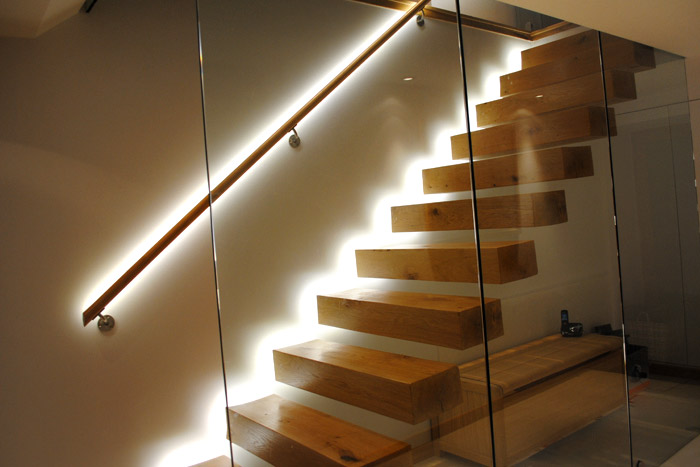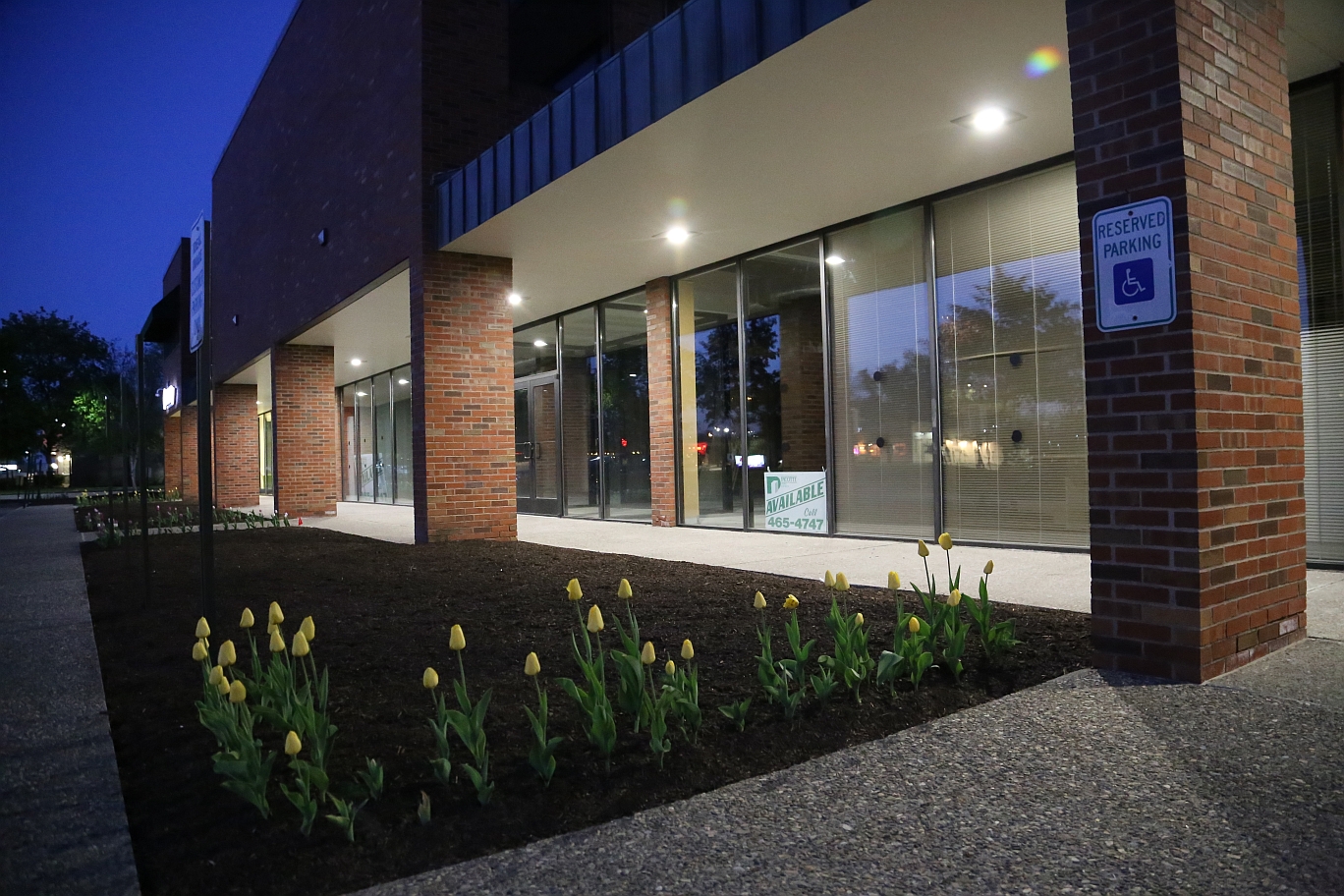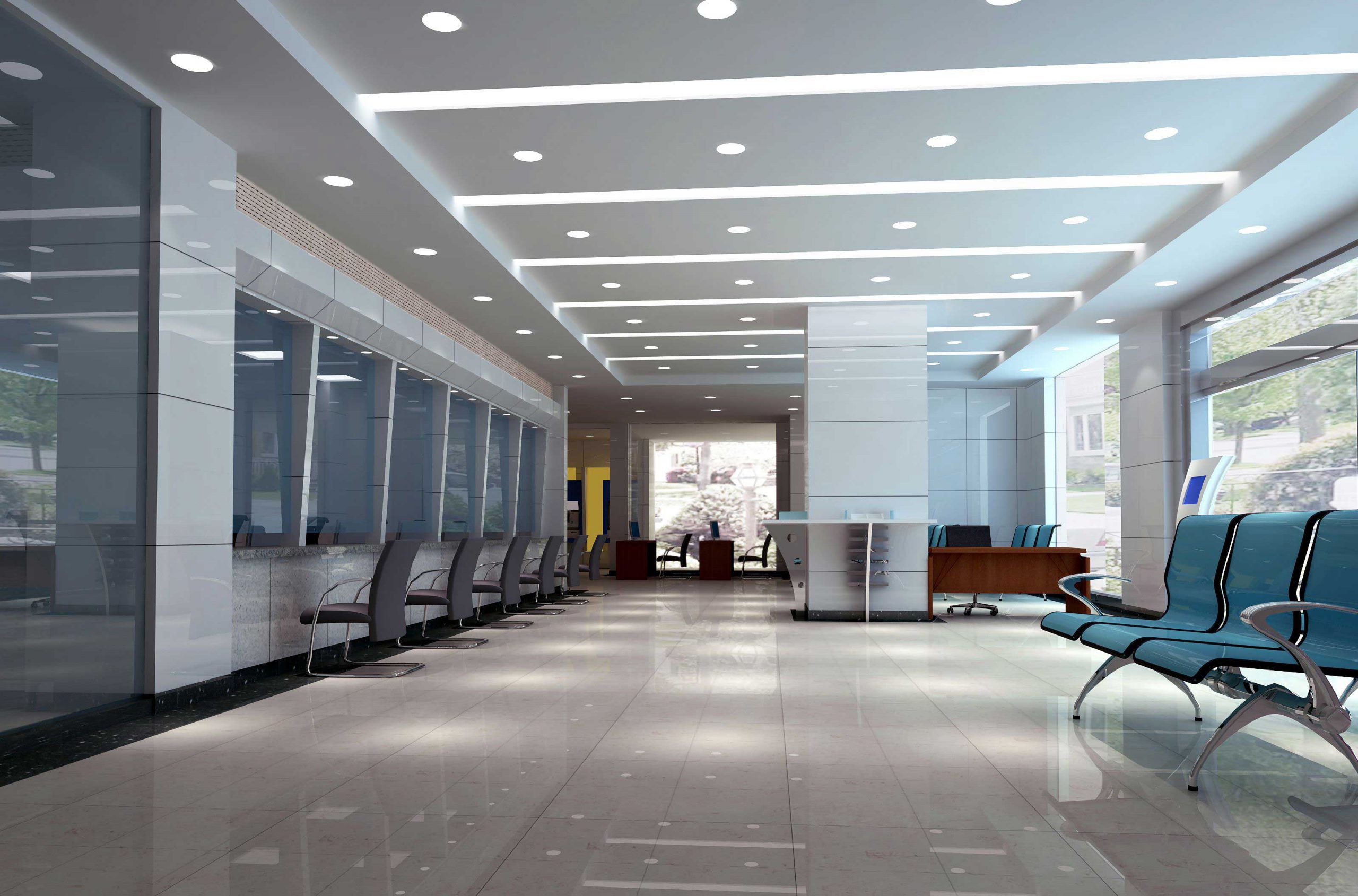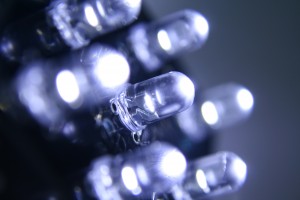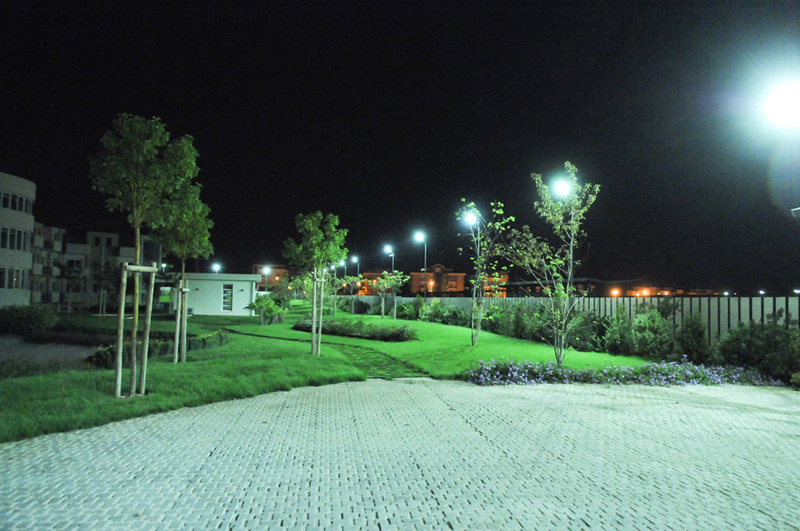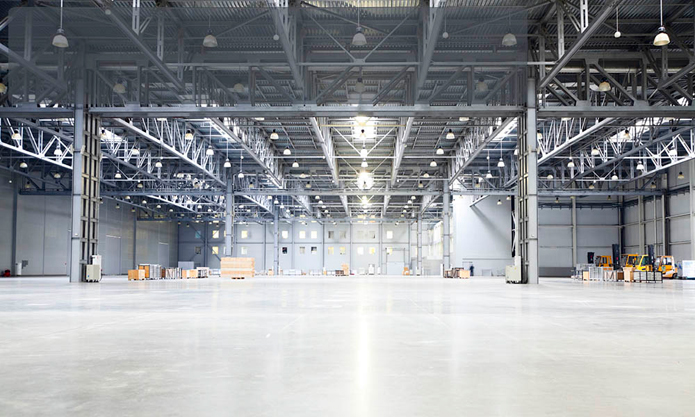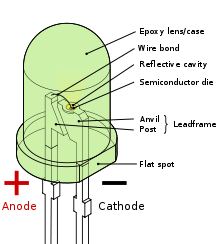Light is a critical aspect of life. It allows us to see all of the things around us and perform our daily activities. Lighting is also important because it can affect how we behave physiologically and psychologically.
This is why lighting can impact the outcomes in any kind of healthcare setting.
Better for the Patients
When the proper hospital lighting is in place, this can help reduce the number of patients facing depression as a result of their hospital stay. The proper lighting can also lessen agitation in patients and ease their pain. When lighting is used effectively, it can make a huge difference in a patient’s experience while playing a huge role in the promotion of their health and prosperity.
Better for Hospital Staff
The physicians and the nurses in the hospitals and other medical care facilities have stressful jobs, and they spend hours upon hours working hard to take care of their patients. They have to perform a significant number of complicated tasks, such as making charts, giving out medication, and other critical tasks to ensure the well-being of the patients. If there is an adequate amount of lighting while they are working, it can create a hectic work environment that can compound the likelihood of stress. Workers can also create more errors when their work areas are not adequately lit. Proper lighting can also make the adjustment better for workers on the night shift.
Promote a Healing Environment
Hospitals that make the investment in energy efficient lighting will be able to make a great difference by creating a healing environment. When it concerns hospital lighting, managers of the different facilities are making it a top priority to lower the usage of energy. Lighting has become much more complex than it has been before, and facility managers have to be sharp and savvy about what products and services they choose to install in their facilities.
There is an importance in finding the right light to place in the right location. Their has to be an understanding that certain areas will require for a certain type of light. There is a case being made for hospitals to have their focus on adding lighting that is energy-efficient to provide a comfortable environment that is also healthy.
Comfort for patients, and their safety and satisfaction are important reasons to consider implementing the right kind of lighting.
